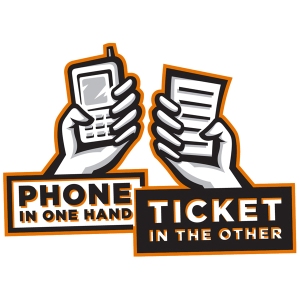By Robert L. Sumwalt

This week, I had the privilege of moderating a panel of international aviation safety professionals at ISASI’s annual meeting in Baltimore. The subject was the internal and external challenges facing accident investigators between the on-scene phase and the final report.
The panelists touched upon the tension between the public’s continual hunger for information in the modern era of the 24-hour news cycle, and the critical need for confidentiality and uninhibited fact-gathering by the investigative team. Darren Straker, of the UAE’s General Civil Aviation Authority, said that investigators must be particularly mindful of the risks, as well as the rewards, of social media. At a time when mobile-phone use proliferates and communication of photos and video is nearly instantaneous, he said accident investigation agencies must be even more careful that the information they share with the media and the public is accurate.
Jens Friedemann, of the German Federal Bureau of Aircraft Accident Investigation, said robust internal communication among the parties to the investigation is critical, especially during the formation of the factual reports which form the foundation for the final report, as well as its findings and recommendations. At the NTSB, as we increasingly participate in international accident investigations, such communication – across continents, and across the world – becomes even more critical.
One valuable comment came from Captain Paddy Judge, of the Irish Air Accident Investigation Unit. He said that when an investigative agency, especially a small one with limited resources, encounters a problem during an investigation, “Pick up the phone.” The odds are high that another ISASI member agency has previously encountered the same issue, and can bring their own expertise to bear.
The conversation arising from the panelists’ discussion was fascinating, and one that I am sure will continue well beyond the end of this year’s ISASI meeting. I want to extend my thanks to all of the panelists for their participation and their insights.
 Robert L. Sumwalt was sworn in as the 37th Member of the National Transportation Safety Board on August 21, 2006. He is a frequent contributor to the NTSB blog.
Robert L. Sumwalt was sworn in as the 37th Member of the National Transportation Safety Board on August 21, 2006. He is a frequent contributor to the NTSB blog.



